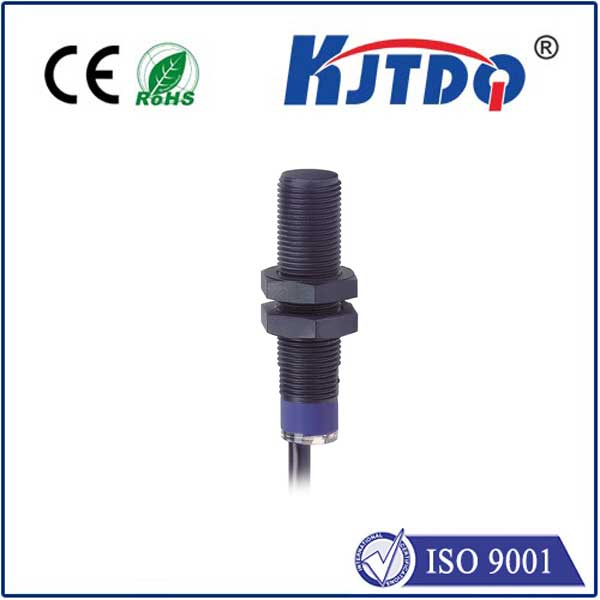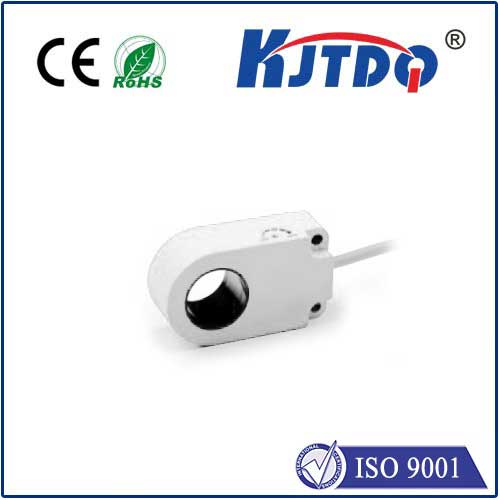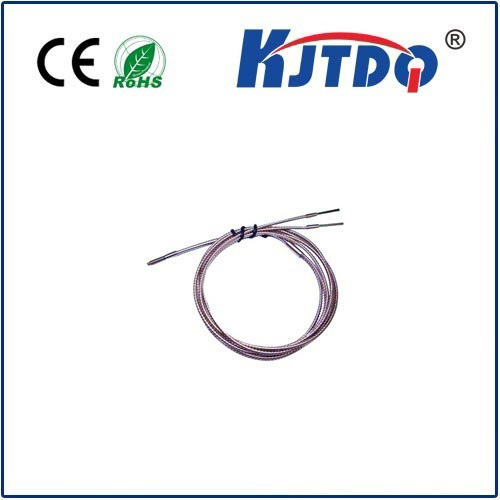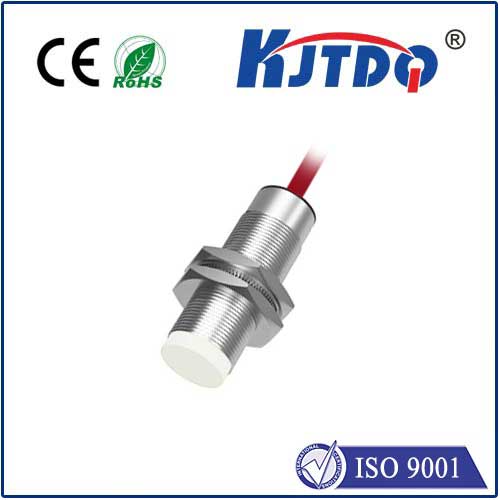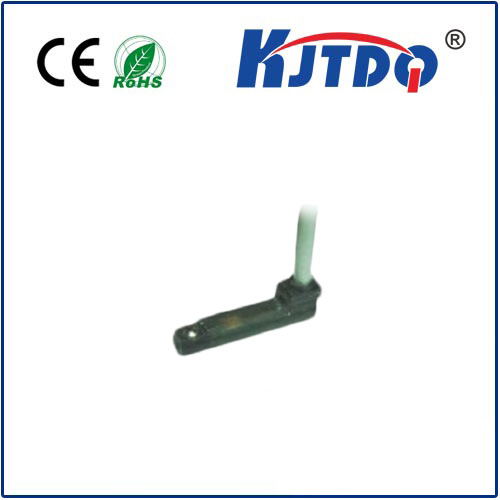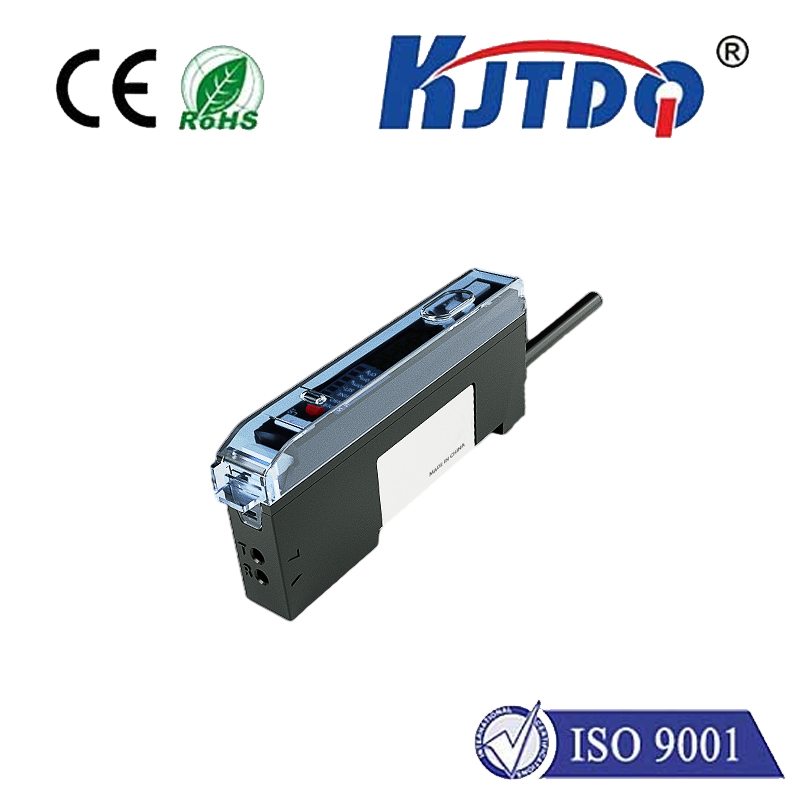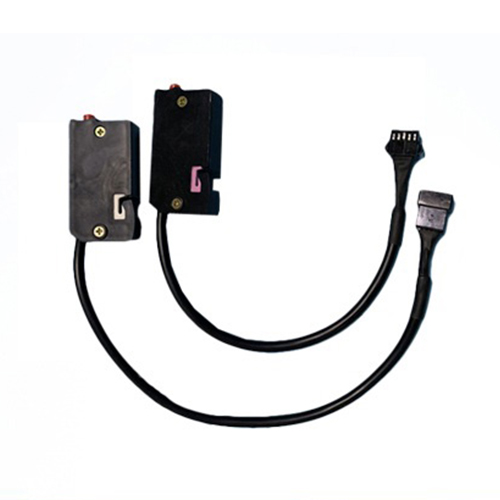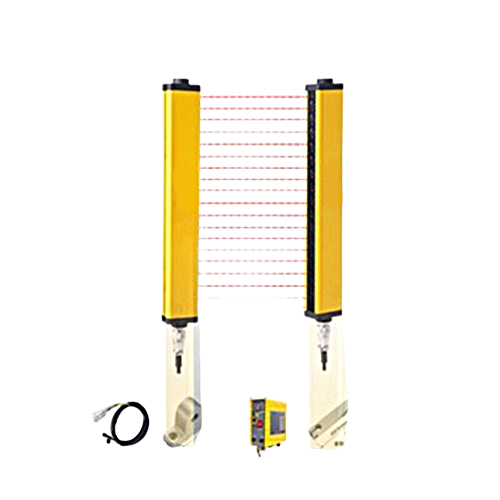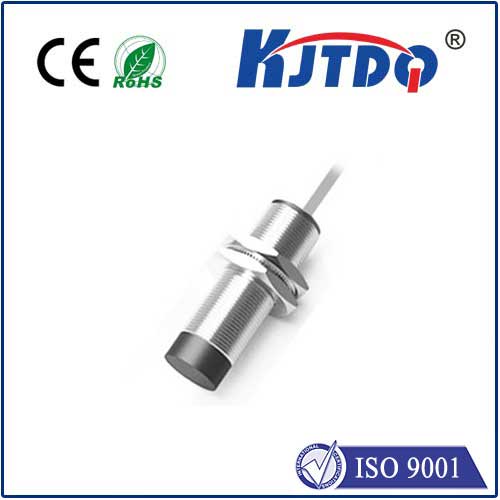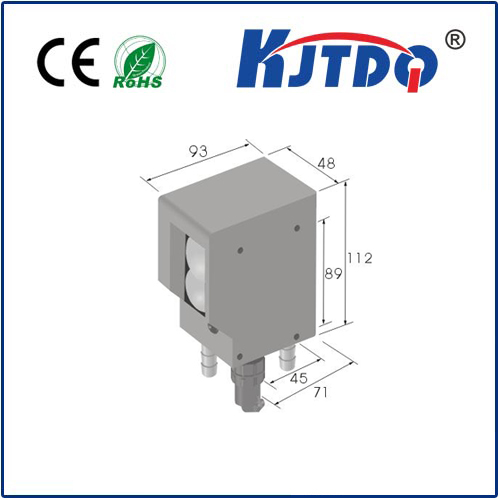Ever wonder what silently protects multi-million dollar industrial equipment from catastrophic failure? Or ensures the chocolate you eat melts perfectly on your tongue? At the heart of countless critical processes lies an unassuming hero: the industrial temperature sensor. These specialized devices are far more than simple thermometers; they are the essential sensory organs of modern industrial automation, enabling precise control, ensuring safety, and safeguarding product quality across a vast spectrum of applications – from automotive manufacturing lines and pharmaceutical clean rooms to power generation plants and food processing facilities.
Precision measurement in demanding environments is not optional; it’s fundamental to operational integrity. Industrial settings present challenges far beyond a typical office or home. Think extreme temperatures (both high and cryogenic), corrosive chemicals, severe vibration, high pressure, moisture, dust, and electrical interference. Standard temperature sensors simply wouldn’t survive or perform reliably here. Industrial temperature sensors are engineered with robust materials and protective enclosures (like thermowells) specifically to withstand these harsh conditions while delivering consistent, accurate readings. This reliability directly translates into minimized downtime, optimized energy usage, and prevented costly damage to machinery.

Understanding the core technologies is key to selecting the right sensor for the job. While the goal is identical – measure temperature – several distinct technologies dominate the industrial landscape, each with unique strengths:
Choosing the right sensor involves more than just the sensing technology. Several critical factors influence the decision, demanding careful consideration:
The integration of industrial temperature sensors with modern Industrial Internet of Things (IIoT) platforms and data analytics represents a transformative leap forward. Smart sensors equipped with onboard diagnostics and digital communication capabilities (like IO-Link) provide far more than just temperature data. They enable remote configuration, predictive maintenance alerts (flagging sensor drift or potential failure before it causes a problem), and deliver granular process insights. This real-time, interconnected data flow is key to enhancing overall equipment effectiveness (OEE), optimizing energy consumption, improving predictive maintenance strategies, and enabling smarter, more adaptive process control.
Beyond basic monitoring, industrial temperature sensors are fundamental actuators of control. They provide the critical feedback loop for sophisticated Programmable Logic Controllers (PLCs) and Distributed Control Systems (DCS). This feedback is what allows these systems to dynamically adjust heaters, coolers, valves, and reactors, maintaining precise thermal conditions essential for consistent product quality (e.g., chemical reactions, food pasteurization, material curing) and stringent safety protocols (e.g., preventing overheating in motors or transformers). Reliable temperature data is the bedrock upon which automated industrial processes safely and efficiently operate.
From safeguarding expensive assets to guaranteeing the consistency of the products we use daily, industrial temperature sensors perform a vital, often unseen function. Selecting the appropriate sensor technology, understanding its integration requirements, and leveraging the potential of smart, connected sensors are not merely technical tasks – they are strategic investments in operational efficiency, product quality, asset longevity, and ultimately, the bottom line. As manufacturing becomes increasingly intelligent and data-driven, the precision and intelligence delivered by these essential devices will only grow in significance.
